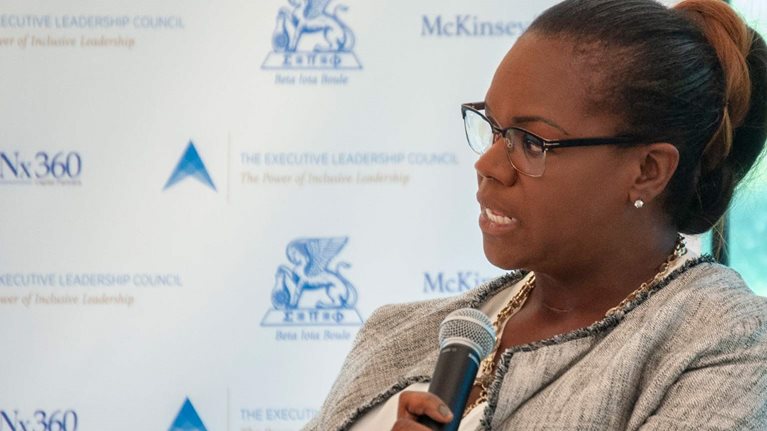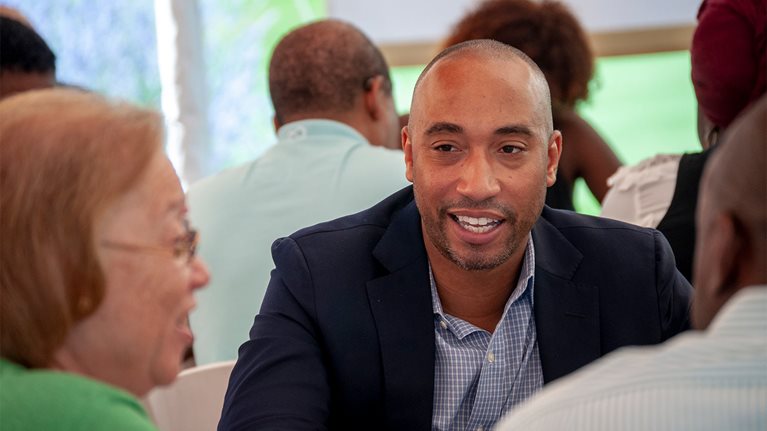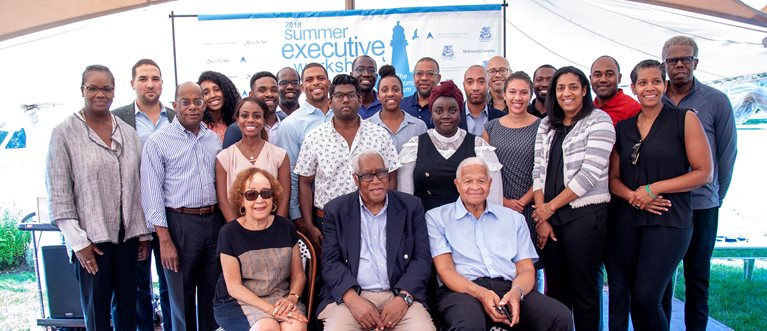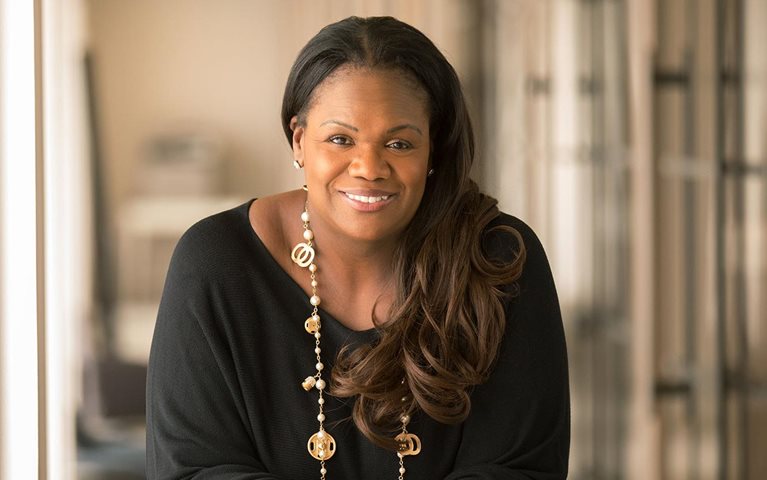McKinsey recently released the results of our first-time research about the earning potential of black families in the United States. The findings were presented to 200 prominent leaders at the first Black Economic Forum (BEF) in late summer. We served as the knowledge partner for the event, hosted by the Executive Leadership Council (ELC), and Beta Iota Boulé, both of which work to advance black leadership.
Shelley Stewart and Jason Wright, McKinsey partners, co-led the initiative. Shelley explains: “We talked about researching a number of issues—criminal justice, poverty, community organizing—but ultimately concluded the most valuable thing we could do was to create a fact base about exactly how the black community makes, saves and invests its money— or creates wealth—and to dig deep on the root causes of why there is such a disparity compared to other racial groups.”
As an example, almost 70 percent of middle-class black children are likely to become poorer as adults, compared with 34 percent of white children.

The team also looked at how to better deploy philanthropic dollars, using ways that we have seen work effectively in other communities.
The goal of the BEF event was to come away with a tangible set of initiatives to improve the job opportunities for young blacks, strengthen the earning potential of families, and improve philanthropic support within communities.
For Jason Wright, this work was a “labor of love.” Here are excerpts of a recent interview with him and Shelley.
What was the inspiration for this project?
Jason Wright: It started two years ago. We had organized the 25th anniversary celebration of the firm’s black consultant group, now known as McKinsey Black Network (MBN). The event included 150 colleagues and alumni, black leaders and executives, members of the ELC, and our managing partner Dominic Barton.
There was a panel, led by James Manyika, and including the CEO of BET Networks, the head of Baltimore City Public Schools, and Susan Rice, former national security advisor. They all shared their life stories, how they got to where they are today, and the overwhelming challenges they saw ahead, particularly the lack of a pipeline of upcoming black leaders. We knew it was important to understand exactly where black families—and communities—were in terms of earning potential—and to quantify the related economic, political, social and educational factors.
How was the research conducted?

Shelley Stewart: A team of five McKinsey colleagues worked full time over several months analyzing publicly available data from think tanks, the census, and the Bureau of Labor plus McKinsey Global Institute data about the future of work and automation. We then conducted more than 50 interviews with private-, public-, and social-sector leaders to create a picture of a “middle-class black-family journey” as they worked to accumulate wealth over time. We also looked at the philanthropic landscape and mapped out which kinds of solutions—for example, reskilling, financial literacy—would have the greatest effect.
What jumped out at you from the findings?
Shelley Stewart: A few things. It starts with geography: the fact that 60 percent of black families are concentrated in metropolitan regions that we define as “declining”—a combination of low growth and low wages. So location immediately limits opportunities.

And it continues across all factors. A typical middle-class black family has a 55 percent lower household income; black workers are underrepresented in seven of the eight highest-paying industries; black families are six times as likely to be “unbanked.” It goes on.
Jason Wright: What sticks with me is that as we look at the black corporate executives, they are overwhelmingly in support positions—HR, communications, diversity—that don’t often feed into business-leadership roles. For a dwindling pipeline, this is serious but actionable, and we as a firm have strategies for this.
But when you also consider that the minority workforce is overrepresented in the jobs most at risk for automation, such as healthcare, factory operations, food service, it becomes a burning platform. My two older kids are in nursing and health administration.

In terms of political influence, black people are underrepresented at all levels of government compared to the general population. At the federal level, only 9 percent of elected officials are black; at the state level, 8 percent; and at the local level, only 5 percent of the people who make the decisions about our everyday life—our parks, schools, safety—are black.
Shelley Stewart: So clearly these facts add up to a pretty bleak picture. And that’s what we saw at BEF this summer.
As people reviewed the findings, presented in a walk-through gallery, they intuitively knew this was what they had experienced growing up and in their own lives, but they had never seen facts so coherently put together. There was a lot of sorrow that first day.

Can you talk a bit about the philanthropy findings?
Jason Wright: What we found is that although the black community has the lowest median income and wealth of any ethnic group, they donate 1.6 to 4.0 times more than other demographic groups. And 60 cents of every dollar for social causes goes to churches or religious institutions, not to their community organizations. So we see a real opportunity for financial education for church leaders in their role as stewards, so they can grow this money and benefit their communities.
More than 20 initiatives came out of the meeting. Which ones would you like to see come to life?
Jason Wright: I would like to see the creation of a capability-building organization for black executives and entrepreneurs. It could focus on both hard skills, such as analytics and automation, and soft skills, such as how to secure funding, develop institutional support for initiatives, grow talent.
It could become a world-class training destination for the next generation of black leaders, something that Shelley Stewart has laid the groundwork for in our annual C-suite Academy offering. But there were so many good ideas—and some hard thinking to do to choose the right ones to focus on as a firm.

